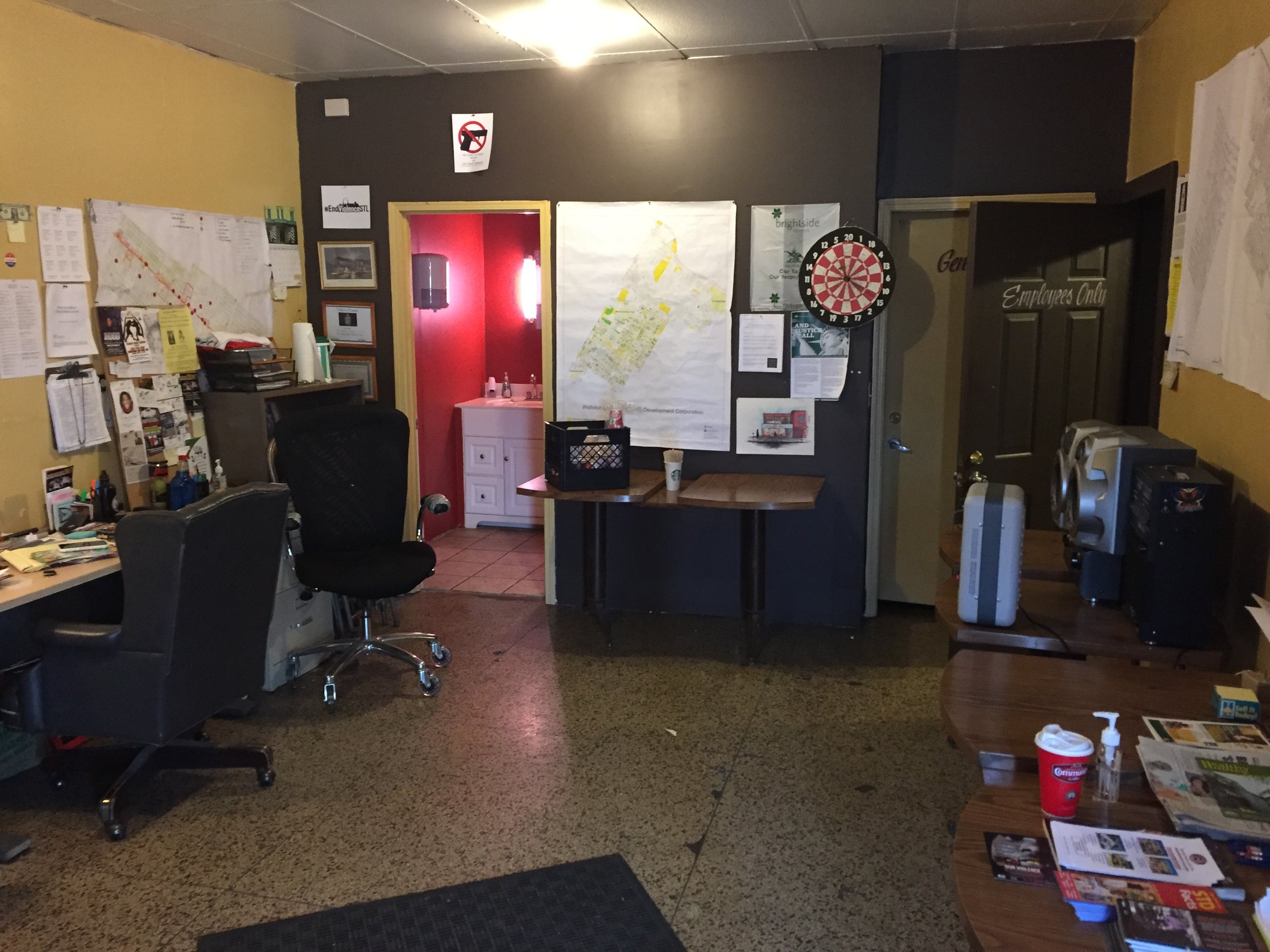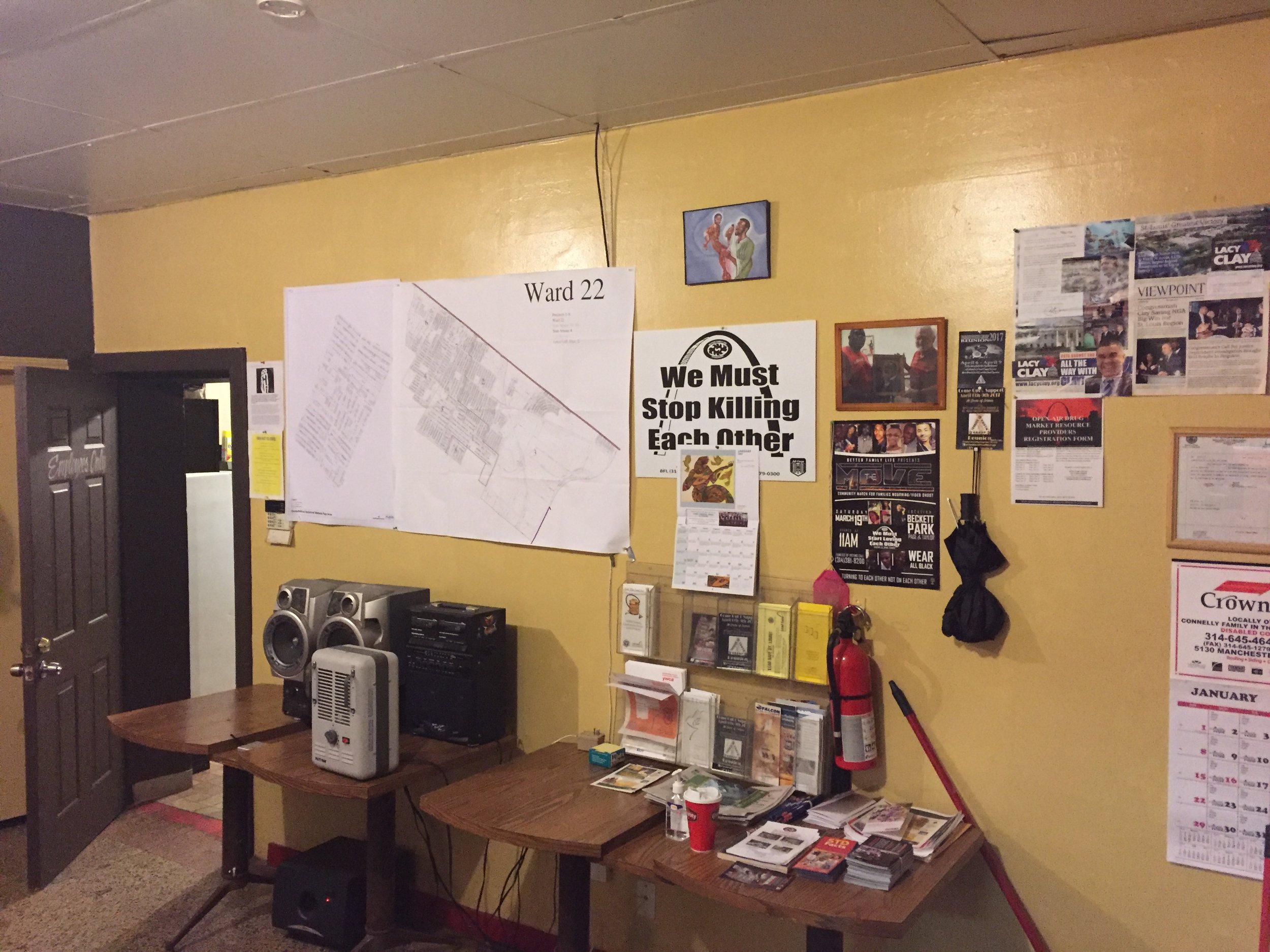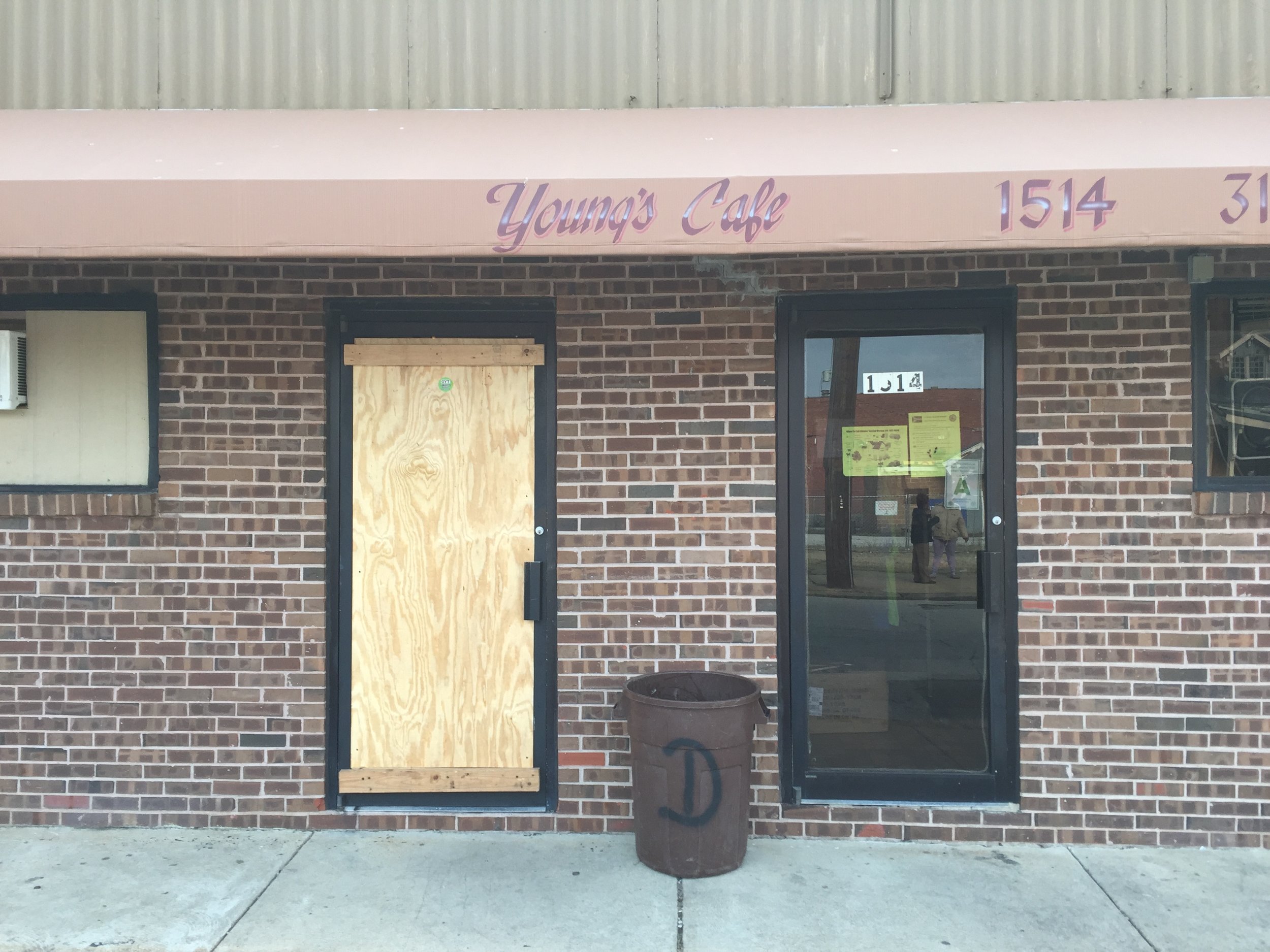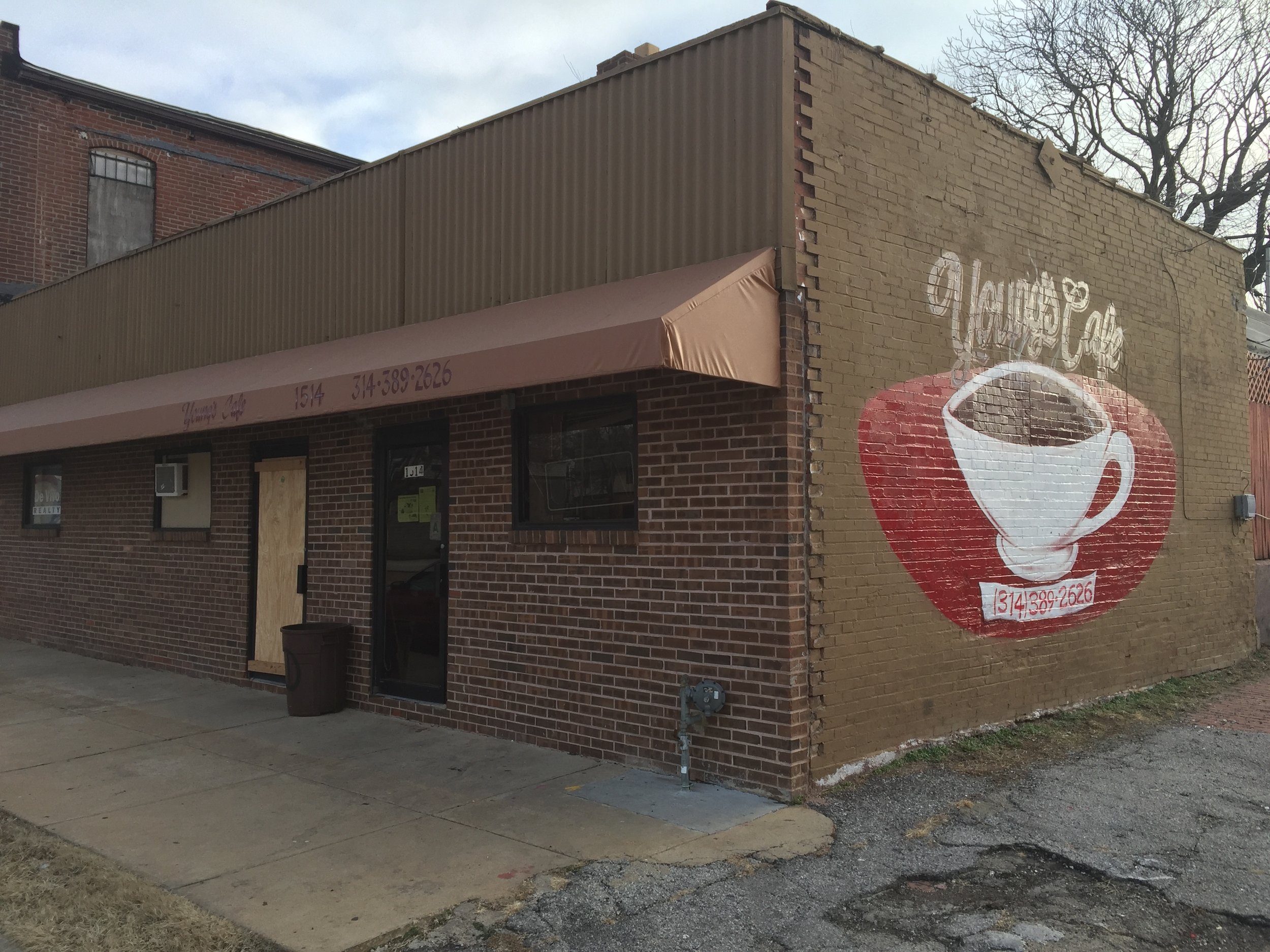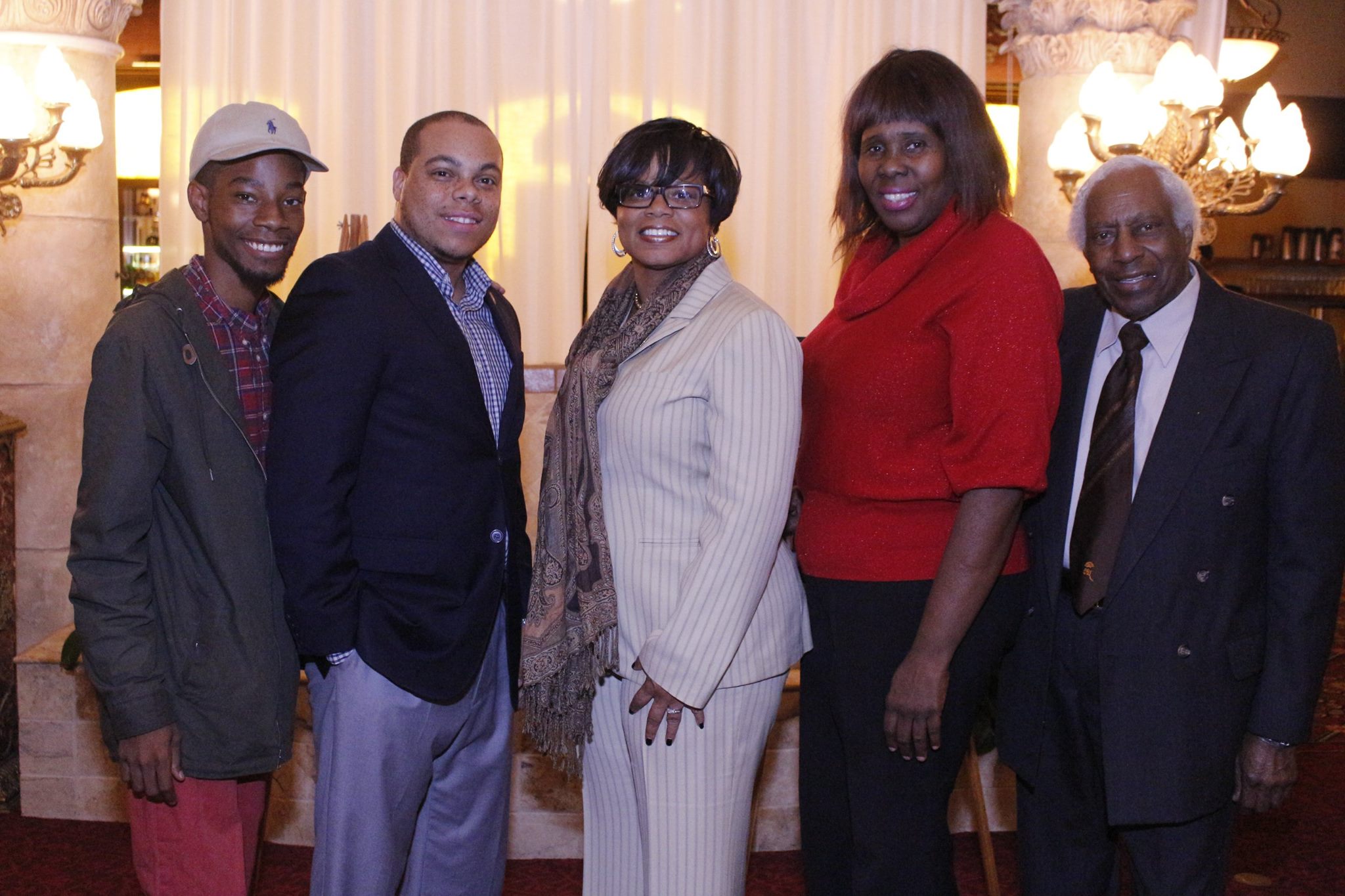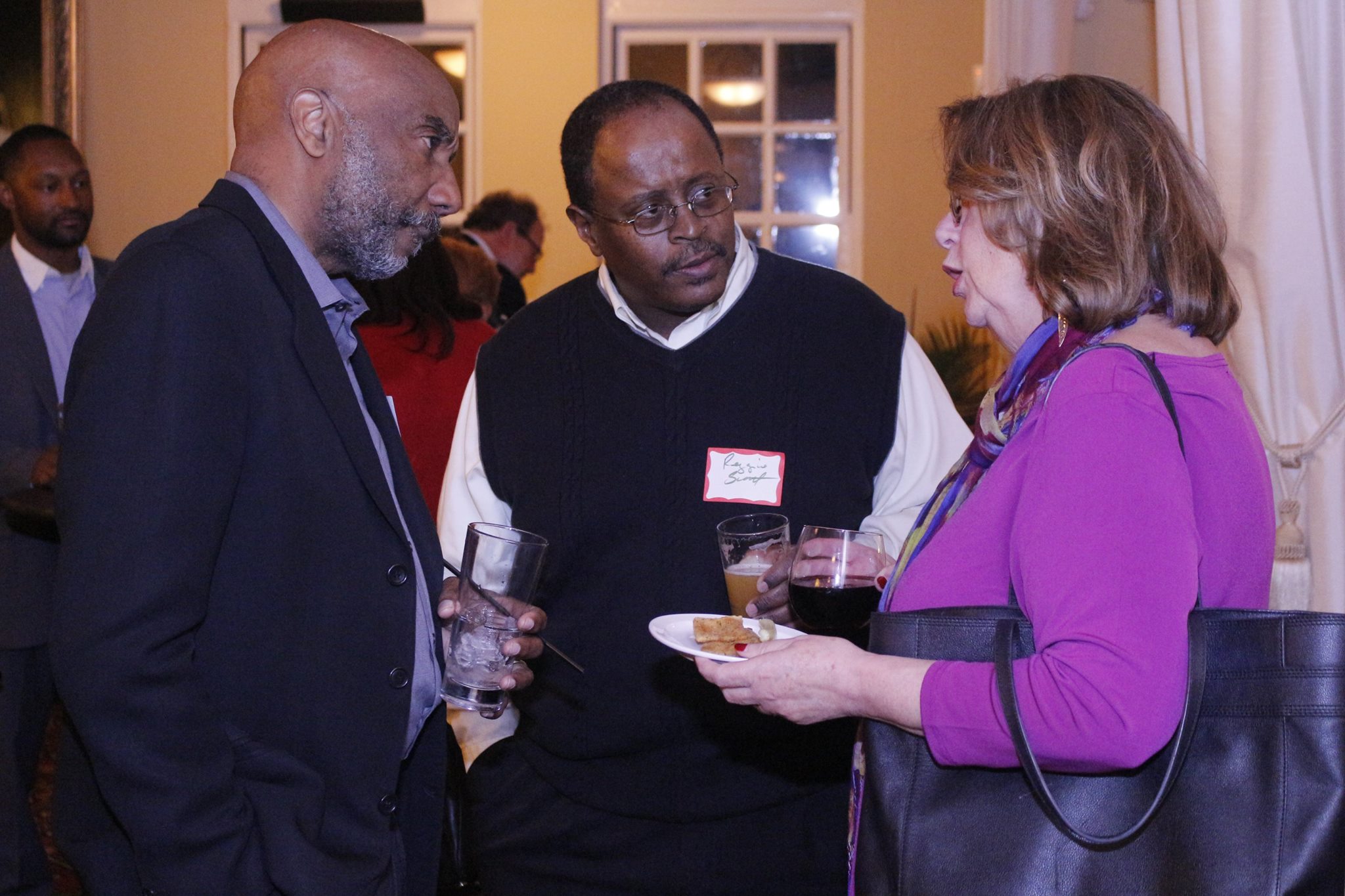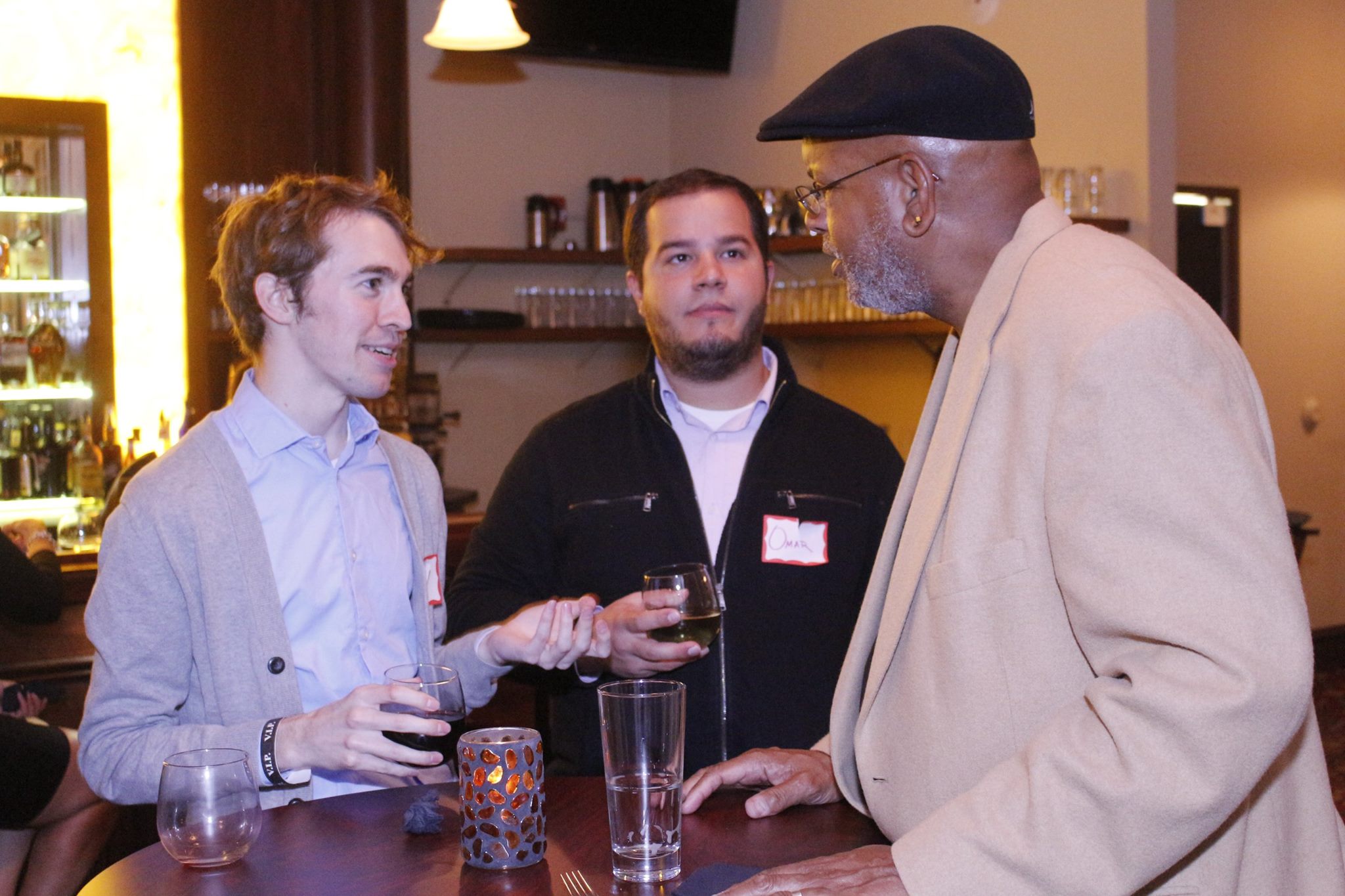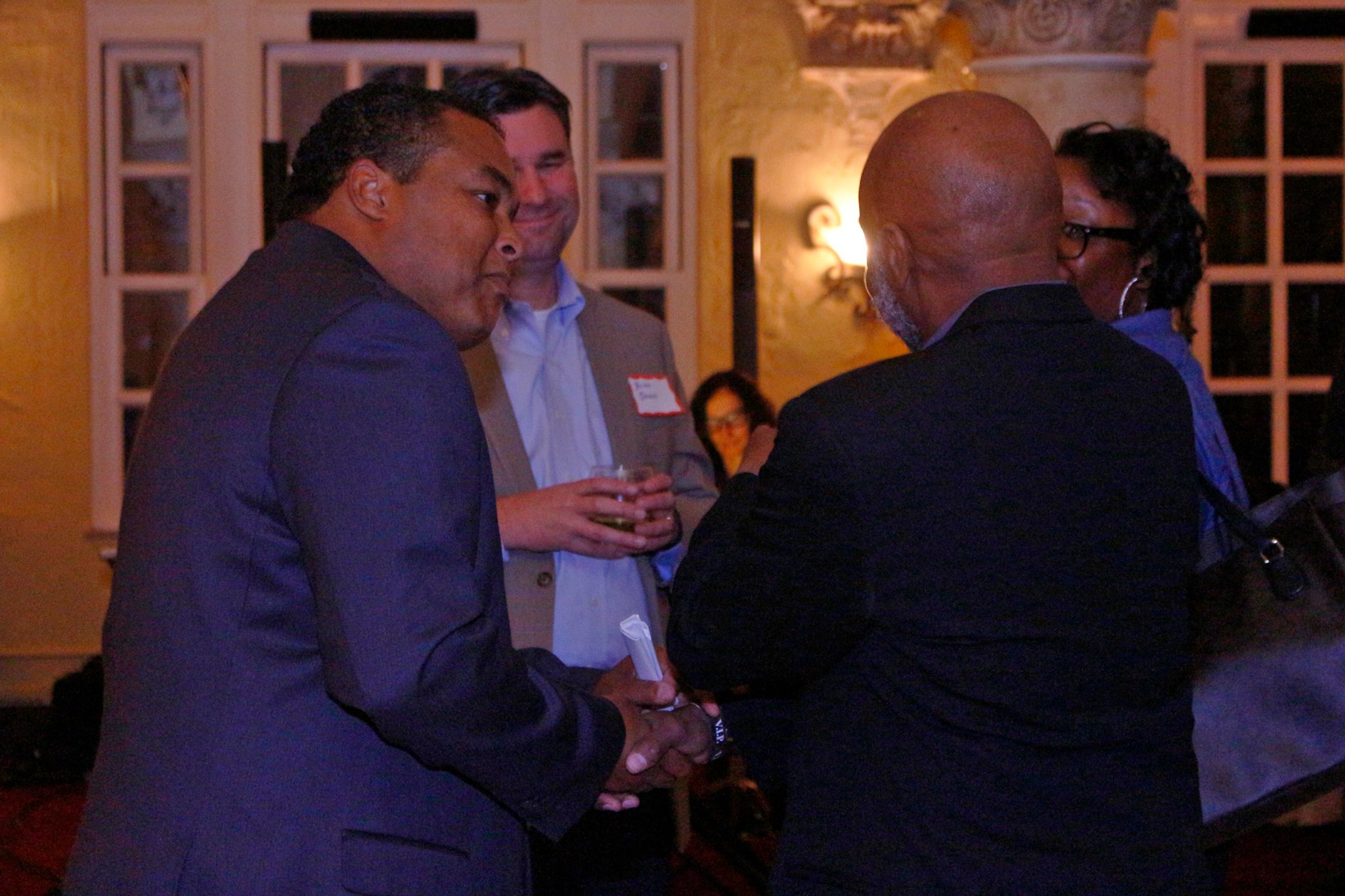By Dedrick Asante-Muhammad, Director of the Racial Wealth Divide Project at the Corporation for Enterprise Development (CFED), and Jason Purnell, Associate Professor at the Brown School of Social Work at Washington University
This column was originally published in The St. Louis American.
Dedrick Asante-Muhammad
Conversations about race often feature reminders that, although imperfect, our society has made much progress toward racial equity. Although a comparison between antebellum America and the world we live in today may support that finding, evidence abounds that when it comes to racial wealth inequality, things are getting worse, not better.
Take, for example, a recent report released by CFED and the Institute for Policy Studies, which revealed that if the trends of the past 30 years continue, it will take African-American households 228 years to accumulate the amount of wealth white families enjoy today. Latino households would need 84 years to reach the point where the average white household is today.
Jason Purnell
More than two years after the senseless killing of Michael Brown Jr. and the months of unrest that followed in the wake of the Ferguson tragedy, racial wealth equity is no better than it was then. Perhaps the only thing that has changed is that we’ve started paying attention.
Some of that attention has been directed toward understanding the true depths of the racial wealth divide. To understand the ever-growing racial wealth gap in America, one needs to look no further than right here in the St. Louis area.
The liquid asset poverty rate in the city of St. Louis—the percentage of residents who lack the savings needed to weather a job loss or other financial emergency—stands at 53.1 percent, nine percentage points higher than the national average. Likewise, the percentage of un- and underbanked households in St. Louis stands at 37.9 percent, meaning that nearly four in 10 households in St. Louis are likely to rely on predatory financial products that strip them of their hard-earned money because they don’t have access to a safe, affordable banking account.
However, we know that the story for households of color—although incomplete, given the challenges associated with disaggregating data by race—is even worse. Nationally, black households are twice as likely to be liquid asset-poor than their white counterparts. Hispanic households nationally are liquid asset-poor at an astonishing rate of 71 percent. These numbers explain, in part, why the average net worth of black and Hispanic households is $7,113 and $8,985, respectively, while the average net worth of white households exceeds $110,000.
We also know that these poor financial outcomes for St. Louisans of color are contributing to poor outcomes in other areas as well. Health disparities between black and white households, for example, run deep. Black residents in St. Louis County are more likely to die at a younger age than their white counterparts. In fact, the 2014 “For the Sake of All” report released by Washington University in St. Louis noted that a child born in predominantly white Clayton can expect to live 18 years longer than a child born in the majority-black Jeff-Vander-Lou neighborhood in North St. Louis. Research also indicates that black residents get sick at younger ages, have more severe illnesses and are aging, biologically speaking, more rapidly than whites. Scientists say this is the result of cumulative stress.
Michael Brown Jr. and Ferguson raised national awareness of the racial wealth and health gaps in St. Louis, and yet neither of these gaps were mentioned once during the presidential debate held here in early October. Perhaps this is because solutions don’t fit neatly into sound bites.
But the good news is that around the country, city leaders are implementing local initiatives to combat some of the biggest factors driving racial and economic inequality—unemployment, low wages and expensive housing—with the potential to have impact beyond financial well-being, including health. Both “For the Sake of All” and the Ferguson Commission made recommendations for how to get this done in St. Louis, and a diverse, cross-sector set of stakeholders is working to translate recommendations into action.
Our economic success as a region depends on addressing the racial wealth and health gaps. We know we can get there, but doing so will take all of us. To learn how you can get involved, visit strongfinancialfuture.org.
***
Dedrick Asante-Muhammed is Director of the Racial Wealth Divide Project at CFED. As Director, Dedrick’s responsibilities include strengthening CFED’s outreach and partnership with communities of color, as well as strengthening CFED’s racial wealth divide analysis in its work. CFED’s Racial Wealth Divide Project will also lead wealth-building projects that will establish best practices and policy recommendations to address racial economic inequality.
Before CFED, Dedrick worked for the NAACP, where he was the Senior Director of the Economic Department and Executive Director of the Financial Freedom Center.
***
Dr. Jason Purnell is an associate professor in the George Warren Brown School of Social Work at Washington University in St. Louis. He is trained in both applied psychology and public health. After undergraduate study in government and philosophy at Harvard University, he received his doctoral degree in counseling psychology from the Ohio State University and his Master of Public Health degree from the University of Rochester School of Medicine & Dentistry.
Dr. Purnell’s research focuses on how socioeconomic and sociocultural factors influence health behaviors and health outcomes and on mobilizing community action to address health equity and the social determinants of health. He is currently leading a Missouri Foundation for Health-funded project called For the Sake of All. A final report was released in May of 2014. The project, now in its third phase, is focused on implementation of the report’s recommendations with a broad set of cross-sector stakeholders.
Dr. Purnell is very active in the St. Louis community, both personally and professionally, including service on the boards of Beyond Housing and the American Youth Foundation. Dr. Purnell is a member of the Leadership Council and co-chair of the Data and Technology Committee for the Ready by 21 St. Louis collective impact initiative focused on positive outcomes for children and youth in the region. He was appointed by Archbishop Robert J. Carlson to the Peace and Justice Commission of the Archdiocese of St. Louis in 2015. In 2016, he was named Person of the Year by The St. Louis American newspaper. Also in that year, he received the Dr. Corinne Walentik Leadership in Health Award from the Missouri Foundation for Health, FOCUS St. Louis’s Leadership Award, and Eden Theological Seminary’s Reinhold Niebuhr Award.
***
Articles in “From the Field” represent the opinions of the author only and do not represent the views of the Community Builders Network of Metro St. Louis or the University of Missouri-St. Louis.












